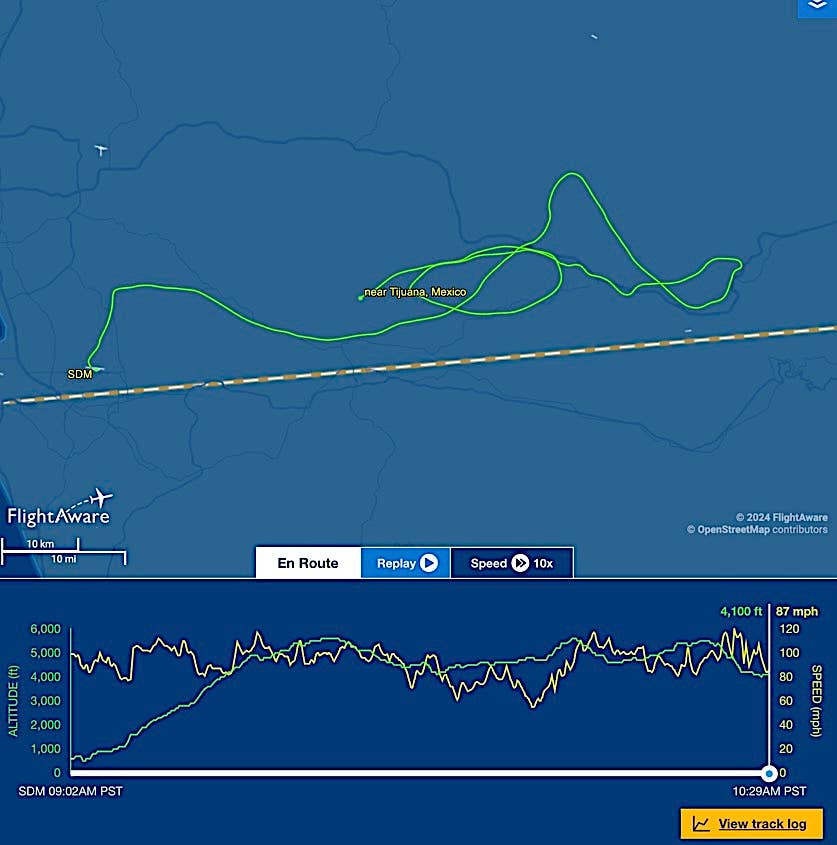NTSB: Pilot Reported Mechanical Failures Before Crash
The Piper Navajo that crashed in Tuscaloosa, Alabama, this month, killing all six people aboard, had two fuel pump failures in flight. The twin had departed Orlando, Florida, Aug. 14 bound for Oxford, Mississippi. At 11:11 a.m., the private pilot reported a fuel pump failure to ATC and requested a diversion to the nearest airport.

The Piper Navajo that crashed in Tuscaloosa, Alabama, this month, killing all six people aboard, had two fuel pump failures in flight. The twin had departed Orlando, Florida, Aug. 14 bound for Oxford, Mississippi. At 11:11 a.m., the private pilot reported a fuel pump failure to ATC and requested a diversion to the nearest airport, according to the NTSB's preliminary report this week. A controller vectored the Piper to Tuscaloosa Regional Airport. About 10 miles from the field, the pilot reported failure of "the other fuel pump" and the aircraft descended until crashing into trees about 1650 feet from Runway 30 at KTCL, the report said. Investigators found a flight log found in the aircraft showing the pilot had flown the Navajo since March 2016 and logged about 48 hours in it.
The NTSB also released a preliminary report on a Beech Baron crash this month that killed six people in Virginia in what appeared to be a go-around and low-altitude stall. Investigators reported the Beech left Shelbyville, Indiana, on Aug. 12 with two pilots and four others after the owner/pilot purchased fuel. The aircraft flew to Shannon Airport in Fredericksburg, where witnesses reported it "appeared to be high above the threshold and fast." The Beech floated down Runway 24 "before touching down briefly and bouncing several times," the report said. It then lifted off again and climbed, drifted right of the runway centerline and turned left about 50 feet off the ground. The report did not indicate whether the twin was producing go-around power. It then pitched up and rolled left before crashing. A post-crash fire consumed the fuselage, the NTSB reported.





